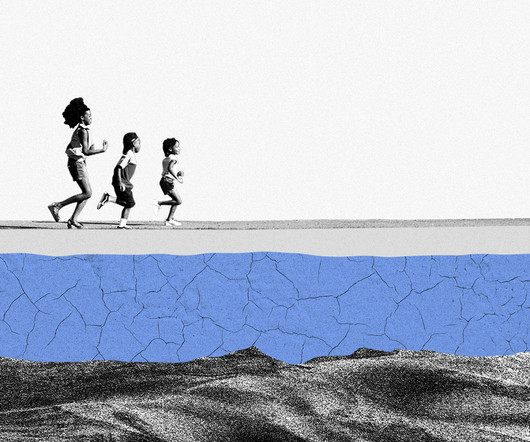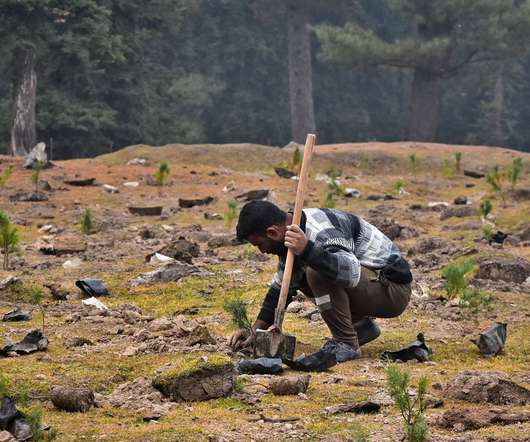Key phase of Everglades restoration project starts in November
AGreenLiving
SEPTEMBER 21, 2020
The state was just awarded a $200 million contract, meaning the last step of this plan, which Congress approved in 2009, will finally begin in November. miles of the eastern Tamiami Trail with features to further improve water conveyance, roadway safety, and stormwater treatment,” according to an official statement.















Let's personalize your content